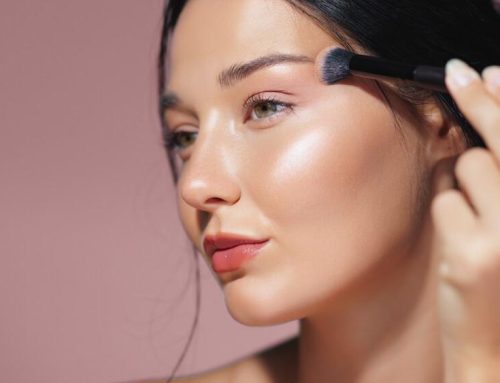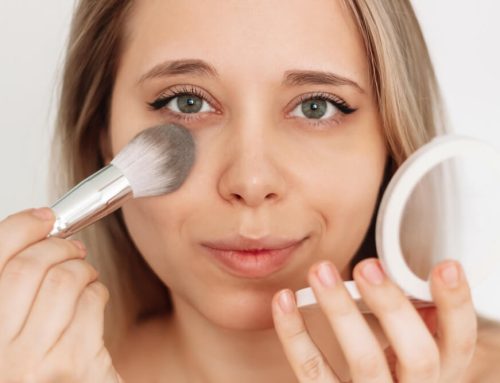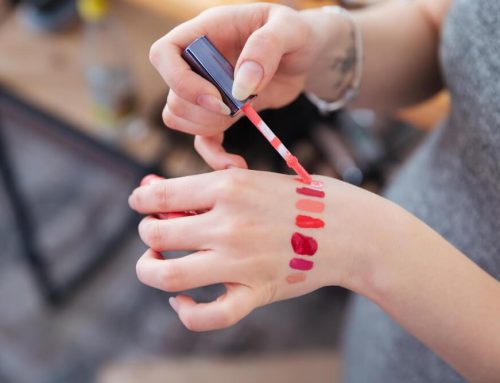If you were to isolate the one form of makeup that women just could not do without, and eliminate all the others, surely it would be lipstick. While in the days before the twist-up tube lipstick tube came into being (in 1923–thanks to an American inventor,) lipsticks were not nearly like the formulations we now have, and they were applied by using the finger or a small brush. Early women would go to all sorts of efforts to “rosy up” their lips and cheeks, using natural, “found” elements like beets, crushed flowers and more. Yes, it would have to be lipstick that would be the one true form of makeup that women would never give up. The new-ish lip stains that are growing in availability and popularity still work like lipstick does, but there are differences worth noting. As each has different qualities and characteristics, it’s good to understand how they compare in finding the best lip coloring method for you. Since mostly everyone already knows a lot about lipstick, the exploration of lip stain’s characteristics will be the focus.
Core Differences Offer Performance Distinctions
The formulation that conventional lipsticks all have in common is based on waxes and oils. Additional shared ingredients, which can vary in exact intended effects are different color-producing pigments, and different emollients that are added to prevent the lipstick from creasing and to keep lips moist. Now, take away regular lipstick’s thick base of wax and oils, and replace those with water or gel-type ingredients, and what you get is the lip stains we now find on the market. Some lip stains can be found to include natural oils from plants or mineral oil as components, but only in slight proportion to the color itself. Lip stains that offer long-wearing performance, with some claiming to sustain their color for up to 18 hours, can be found to receive their lip-coloring ability from both synthetic and natural colorants. Lip stain hereby distinguishes itself from conventional lipstick by offering a smudge and smear-proof performance. Another way is in the actual method by which lip stains are applied.
It Boils Down to the Look You Want, and Final Results of Each
Lip stains must be applied quickly, whether by sponge tip, roll on or marker-type, because they set fast. Many contain alcohol, which can be rather drying, and some women choose to top off lip stain with glosses of different sheen-producing capacities. You won’t find anything with lip stains close to the widely varying color selection that lipsticks offer. And in contrast to how lipsticks cover your lips with a layer of color, stains are intended to merge with the natural tones of your lips, to enhance them more than to change their color altogether. They are primarily available in hues of pink, red and orange. All lip stains provide the same basic effect, while lipstick offers a wide range of sheen variety, from mattes and pearlescent finishes to undertones of gold and other metals. Lipsticks have a smoothing effect on lips while with stains, there is no transformative effect, whatsoever.






Leave A Comment